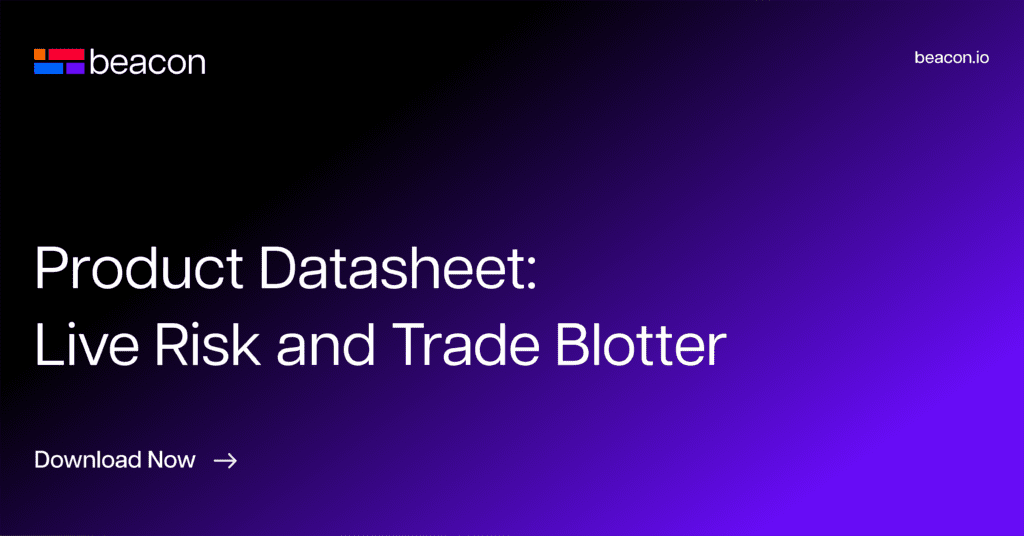The financial markets technology race is emphasizing the need for real-time data analytics. It has also become increasingly clear that legacy end-of-day approaches to trading book risk assessment are in urgent need of modernization. In this context, ActiveViam’s strategic partnership








